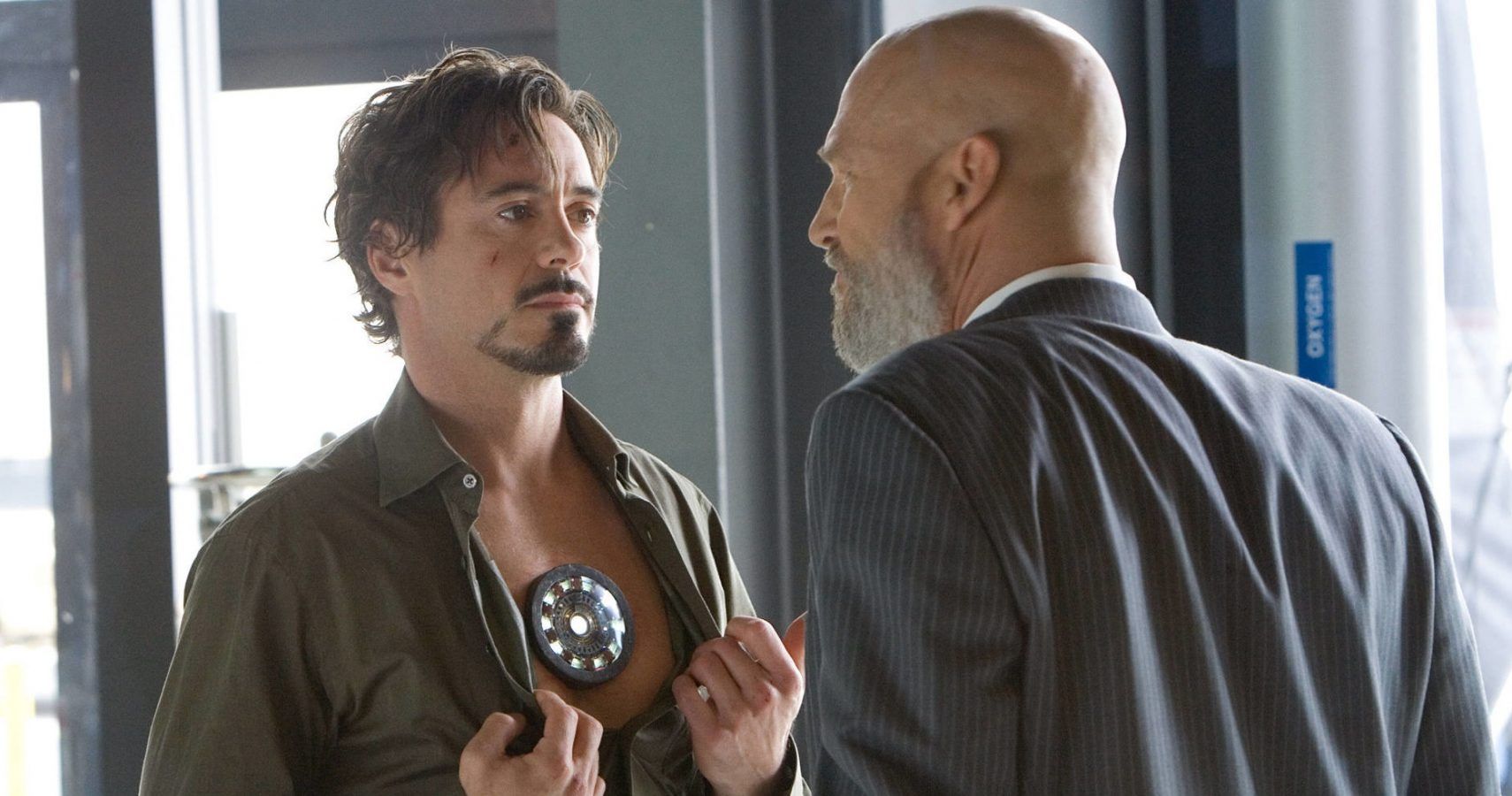Table of Contents Show
When Iron Man came out in the summer of 2008, the Marvel Cinematic Universe (MCU) began using narrative prosthesis. Narrative prosthesis is a marginalizing trope, best understood as when the producer of a text — in this article’s case, a film — uses disability as a story-telling device. In Iron Man, self-centered billionaire and tech genius, Tony Stark becomes the victim of a Ten Rings attack while weapons testing in Afghanistan. Shrapnel from a bomb entered his chest, dangerously close to his heart. Dr. Yinsen places an electromagnet in Tony’s chest to prevent the shrapnel from killing him, and the two develop the first mini-arc reactor to power both the electromagnet and the first Iron Man suit.
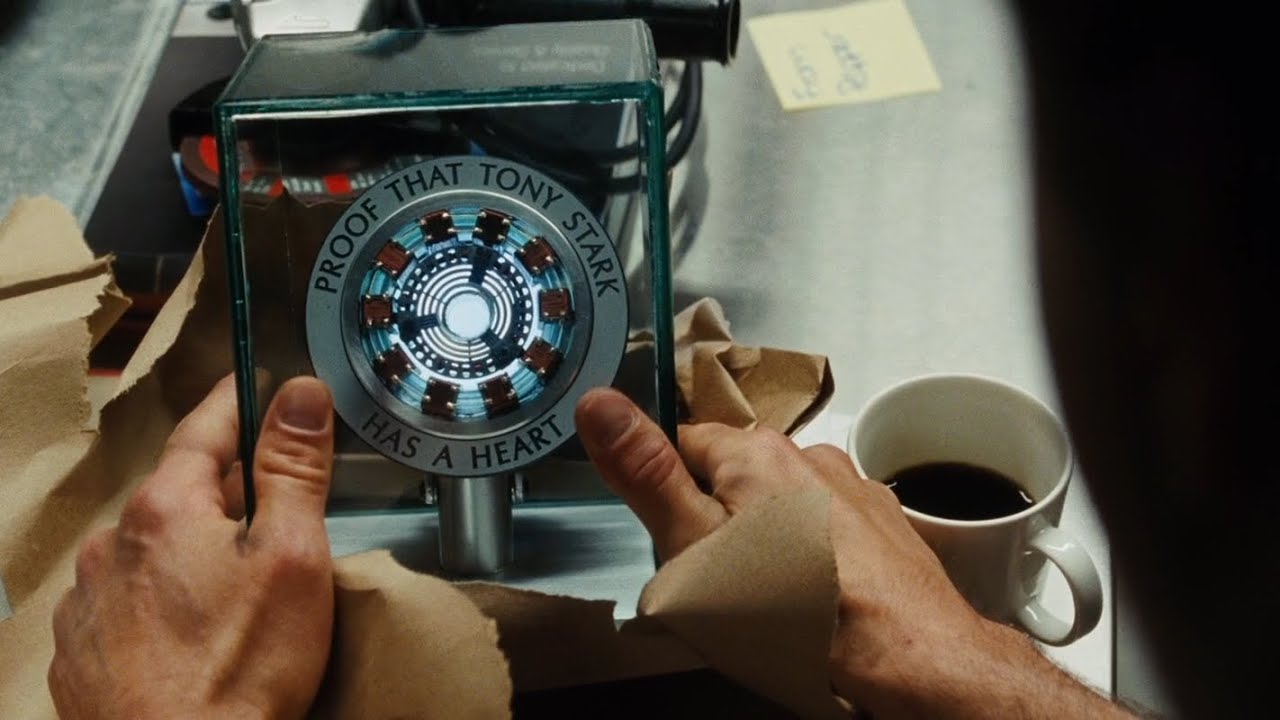
Anyone familiar with the MCU knows how the near-death experience shaped Tony’s worldview. After escaping his captors and reuniting with Pepper Potts, Tony returns home suddenly aware of the impact he has on the world and his loved ones. Tony’s change of heart — pun not intended — is exemplified through Pepper’s gift to him: his very first arc reactor mounted in a glass case, accompanied with the words “proof that Tony Stark has a heart.” The gift suggests that Tony is somehow different because of his injury and now disability, making the film a cookie-cutter representation of all the things wrong with narrative prosthesis.
How Iron Man uses narrative prosthesis is not unique, to the MCU or otherwise. The “inspiration porn” genre where a disabled character must “overcome” their disability to achieve some feat is incredibly common: The Blind Side, The Theory of Everything, and Soul Surfer are notable products of the genre. Disability can separate the villainous from the heroic like in Shakespeare’s Richard III, or it can divide the underdog from the establishment like in Victor Hugo’s The Hunchback of Notre Dame. The depiction of disabled folks as representational for what their disability can do to develop story and character is marginalizing to real disabled folks, so how one of the biggest franchises in the world depicts disability absolutely matters. From Iron Man to Doctor Strange to Eternals, the MCU has its fair share of hits when it comes to depicting disabled folks, but its misses sting the hardest.
Narrative Prosthesis, Explained
The term narrative prosthesis was coined by David Mitchell and Sarah Snyder in their book Narrative Prosthesis: Disability and the Dependencies of Discourse. Analyzing disability as a representational form in literature and film is Mitchell and Snyder’s chief object.
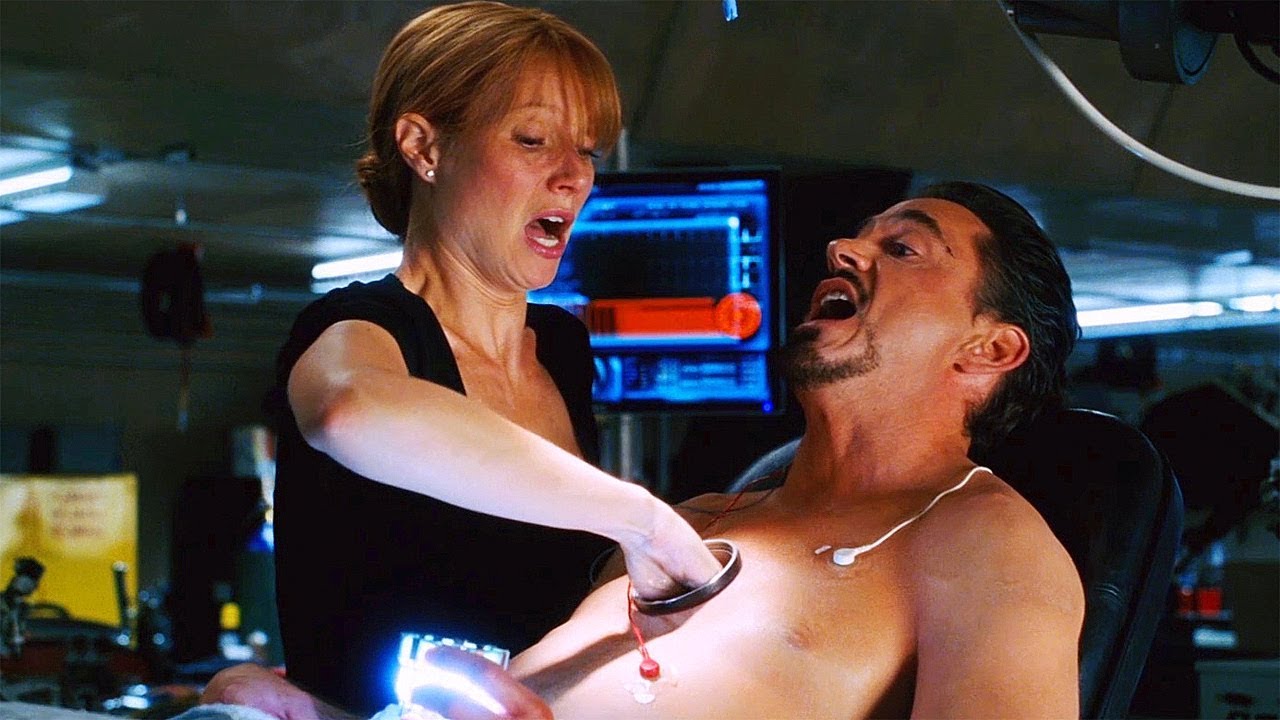
They write that prosthetics “accomplish an illusion” of able-bodiedness for the able-bodied world to be comfortable with the disabled body, which is considered deviant and other (( Mitchell, David T., and Snyder, Sharon L. Narrative Prosthesis: Disability and the Dependencies of Discourse. Ann Arbor: University of Michigan Press, 2000. Print. 6-7 )). When used in the narrative sense, the prosthetic “alleviates discomfort by removing the unsightly from view” through curing disabilities quickly and easily (( Ibid. 8 )). For most disabled people, especially those who are chronically ill, cures are out of reach. Writers across mediums rely “on disability’s transgressive potential” because the disabled body stands in opposition to ideals about what bodies have the ability and possibility to do (( Ibid. 8-9 )). Mitchell and Snyder write:
“First, narrative prosthesis refers to the pervasiveness of disability as a device of characterization in narrative art. […] it refers to the problematic nature of the literary’s transgressive ideal in relation to social violence that often issues from the repetition of a representational formula […] it acknowledges that literary representation bears on the production and realization of disabled subjectivities.”
(( Ibid. 9. )).
With narrative prosthesis, disability becomes a writer’s tool to develop story and/or character. The character’s disability becomes a vehicle for communicating traits like weakness, resilience, and/or complacency — whatever the usually able-bodied writer needs them to be for the story. In the MCU, using disability to humble a character or show their now-weakened state is shockingly common. By analyzing the MCU with narrative prosthesis in mind, the way the franchise depicts their disabled characters becomes the focus.
Early MCU’s Reparative Narratives
The depiction of disability in the MCU is not always apparent because characters’ disabilities are often the cause or result of their superhero abilities. On the surface, the MCU recognizes that disabled folks are not weak and lacking in agency by making them the center of, and heroes of, the story. However, it is only the illusion of representation since many of the films — especially in the early MCU — are centered around reparative narratives of disability as a deviance that must be “cured” to restore able-bodiedness.
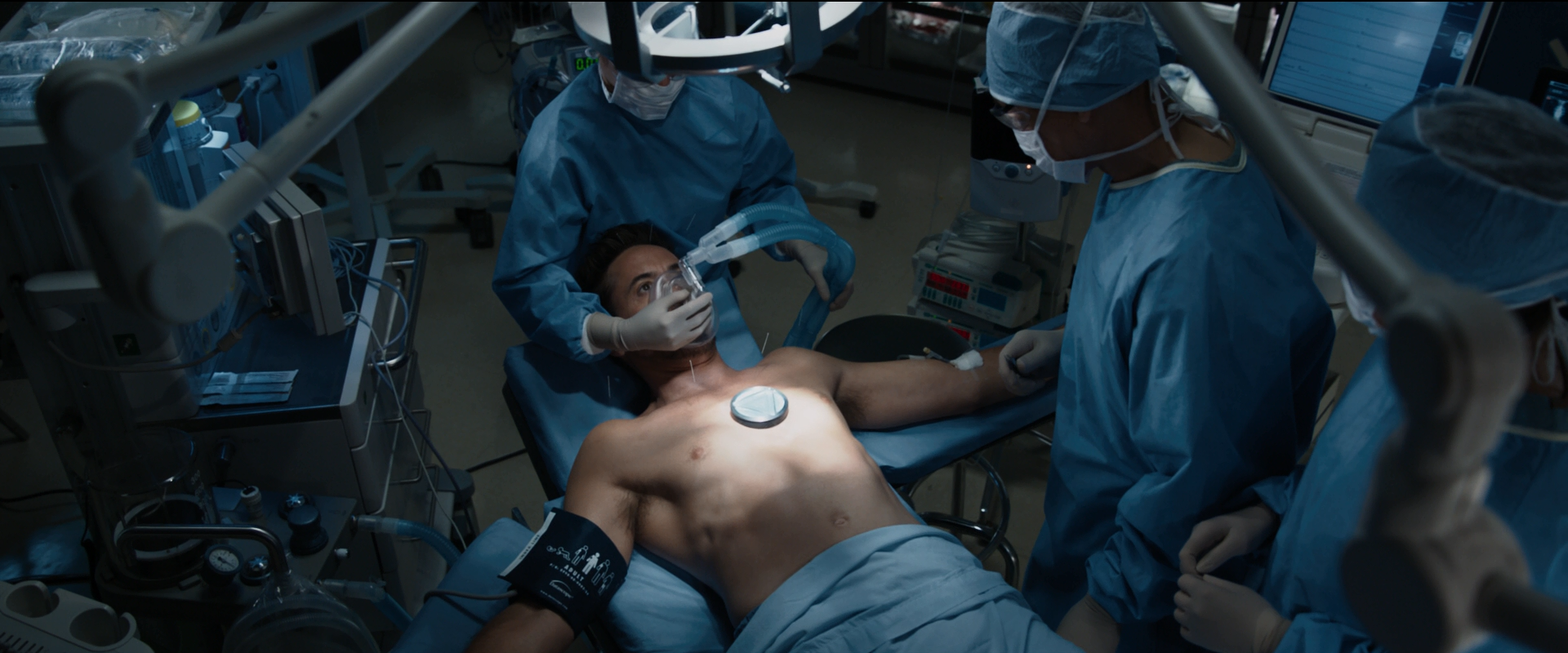
In the Iron Man trilogy, Tony’s arc reactor is a constant source of anxiety. After finding a new element to replace the palladium one poisoning him in Iron Man 2 (2010), Tony is content to keep the arc reactor because he found accessibility for his disability. However, Iron Man 3 (2013) ends with Tony’s disability being cured. He undergoes surgery to remove the shrapnel and abandons the arc reactor. What was once a narrative about learning to live with disability becomes a reparative one that uses the disabled body as a narrative prosthesis to represent those who are dangerous and lesser-than. Tony’s final remark that even without the arc reactor he will always be Iron Man is true, but it negates the fact that without his disability, he may have never become a superhero in the first place.
Iron Man 3 (2013)
Tony’s disability in Iron Man 3 is situated in a larger plot about curing illness and disability. Aldrich Killian, a disabled man who leads AIM, develops Extremis as a way for the body to cure injuries. Screenwriters Shane Black and Ian Pearce villainize the disabled body through Killian, thereby suggesting that immorality goes hand-in-hand with disability and requires a cure. The story itself pushes the idea that the disabled body is one that needs to be cured in order to return to normal society.
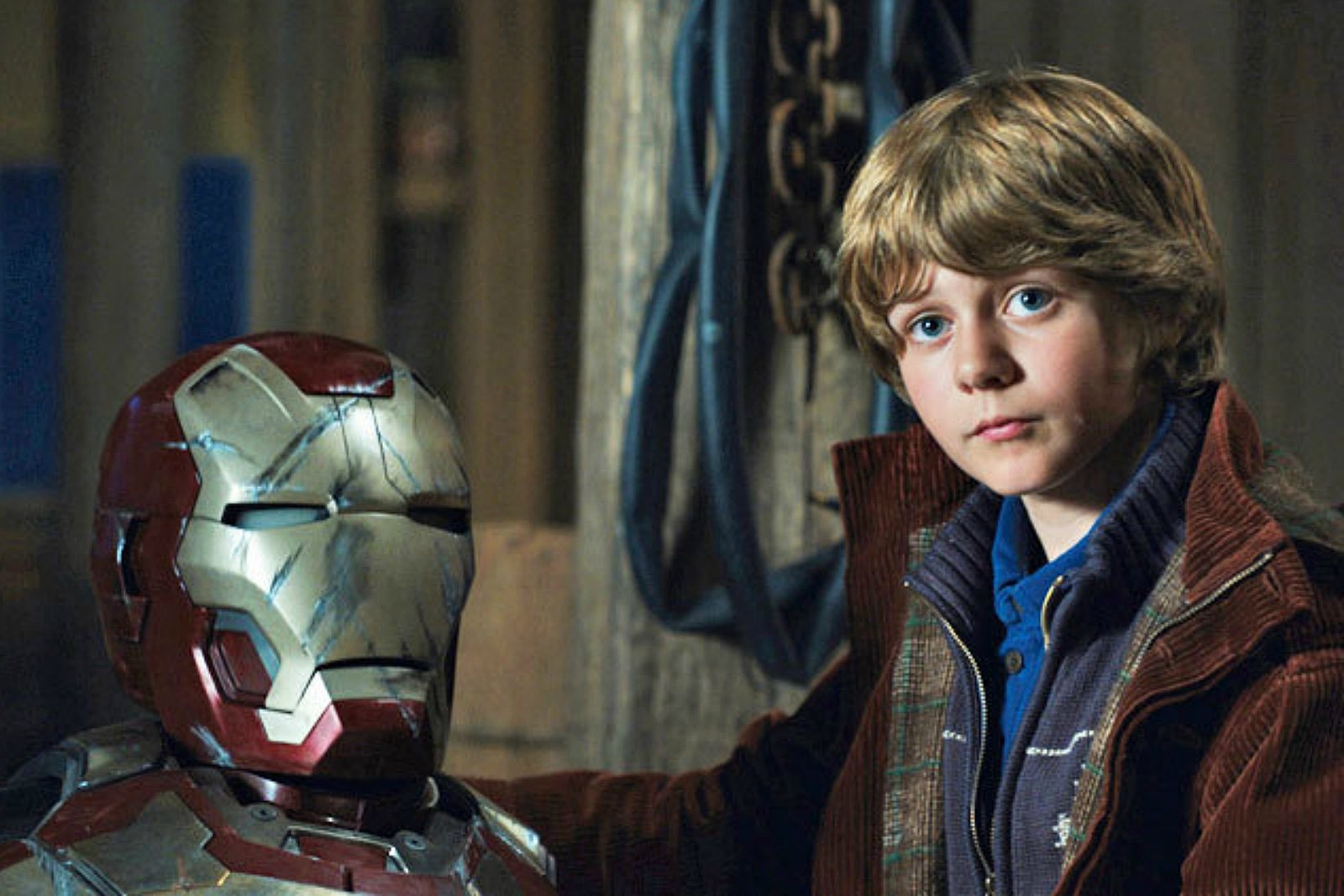
That Iron Man 3 ends with Tony being cured does not come as a shock after Black and Pearce spent a whole movie using narrative prosthesis to represent villainy – it’s as if they are saying a character like Tony Stark can’t be disabled, he’s a hero and heroes aren’t disabled.
Captain America: The First Avenger (2011)
Steve Rogers’ own arc in Captain America: The First Avenger (2011) reflects the reparative, “disabled bodies can’t be heroic” narrative of the Iron Man trilogy. Steve is shown to be an honorable and heroic man before receiving the super soldier serum from Dr. Erskine. His patriotism and drive lead him to lying on his medical intake multiple times to get enlisted during World War II. In The First Avenger, Steve’s disabilities – which include asthma, high blood pressure, and rheumatic fever – are represented as a barrier that he must overcome in order to become Captain America.
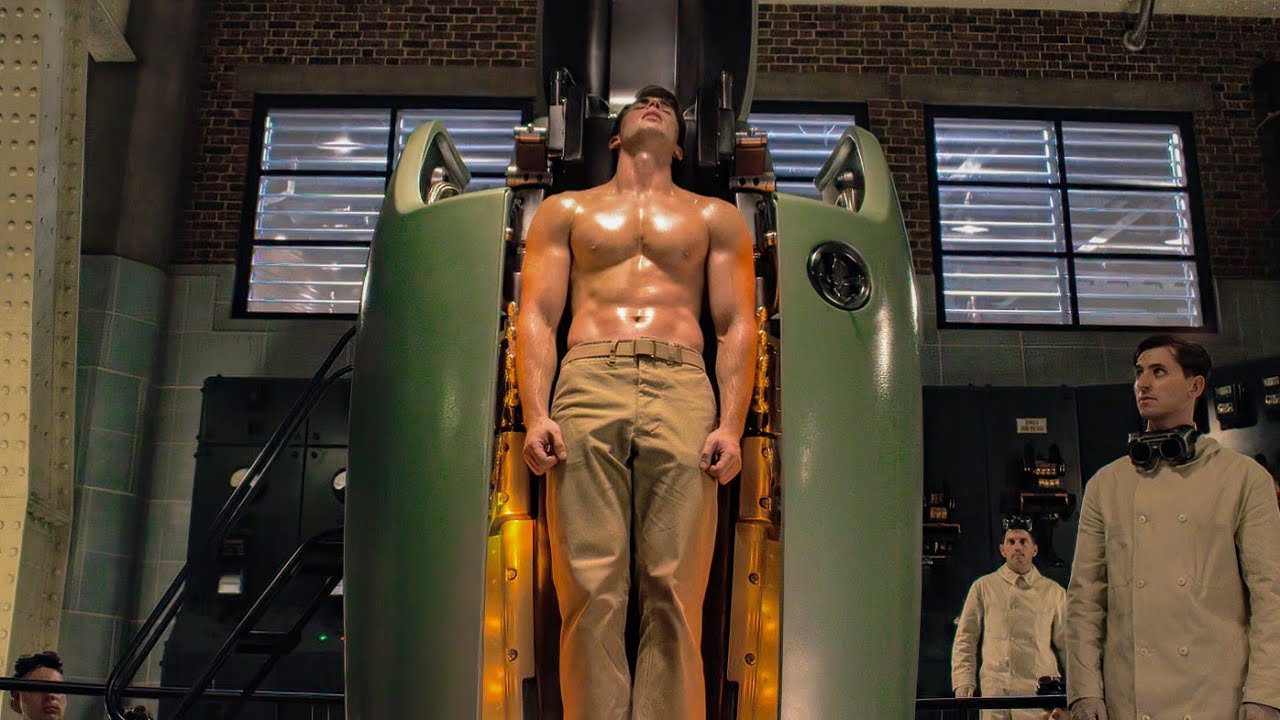
Steve’s disabilities pre-serum reflect the second aspect of narrative prosthesis: the “transgressive ideal.” He is a good man because of his disabilities and becomes a hero in spite of them. Steve’s goodness and determined nature are conflated with his disabled body. In a prosthetic way, Steve’s determined nature in spite of his disabilities makes him qualified to receive the serum. While Steve is still an honorable man, he is denied the opportunity to be a hero while disabled. The First Avenger is blatantly reparative since it configures the disabled body as one that must be cured before it can become the hero and symbol of America.
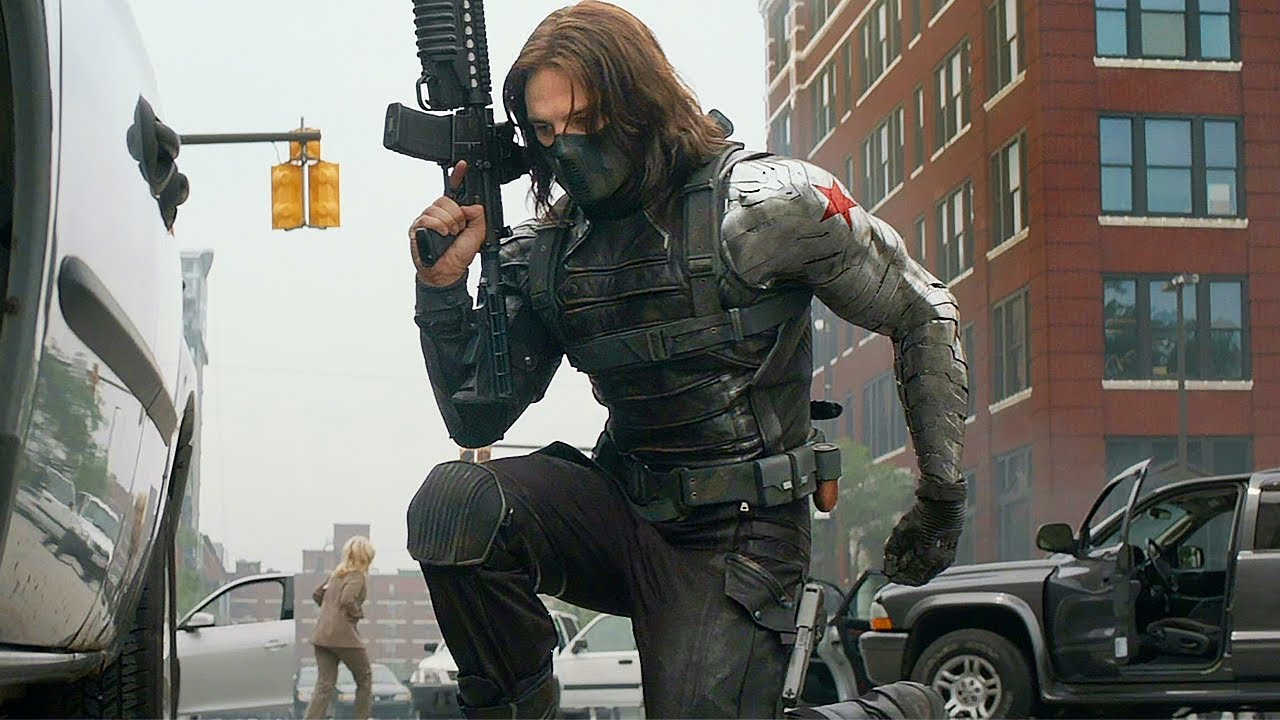
Bucky Barnes/The Winter Soldier is a difficult character to put into a box because the depiction of his disability has changed over his seven-year tenure in the MCU. In The First Avenger, Bucky fell from a train and lost his left arm; Hydra stole his body and removed what was left of his arm before outfitting it with a titanium prosthetic that aided him on missions as the Winter Soldier where he becomes “the fist of Hydra.” The prosthetic is the perfect example of narrative prosthesis in this way because of what the metal arm represents: the stripping away of his body, mind, life, and agency.
Avengers: Infinity War (2018)
In Avengers: Infinity War (2018), Bucky is shown living on a Wakandan farm without the use of a prosthetic. According to King T’Challa, he is content with his life; Bucky even looks dejected when he realizes he must put on the prosthetic again because it symbolizes his lack of bodily autonomy. The prosthetic makes Bucky physically strong and provides accessibility for his disability but it visually communicates his lack of agency. However, The Falcon and the Winter Soldier (2021) depicted Bucky living with the Vibranium prosthetic gifted him by the Wakandans as part of his life. He has made peace with his disability and forced bodily modification.
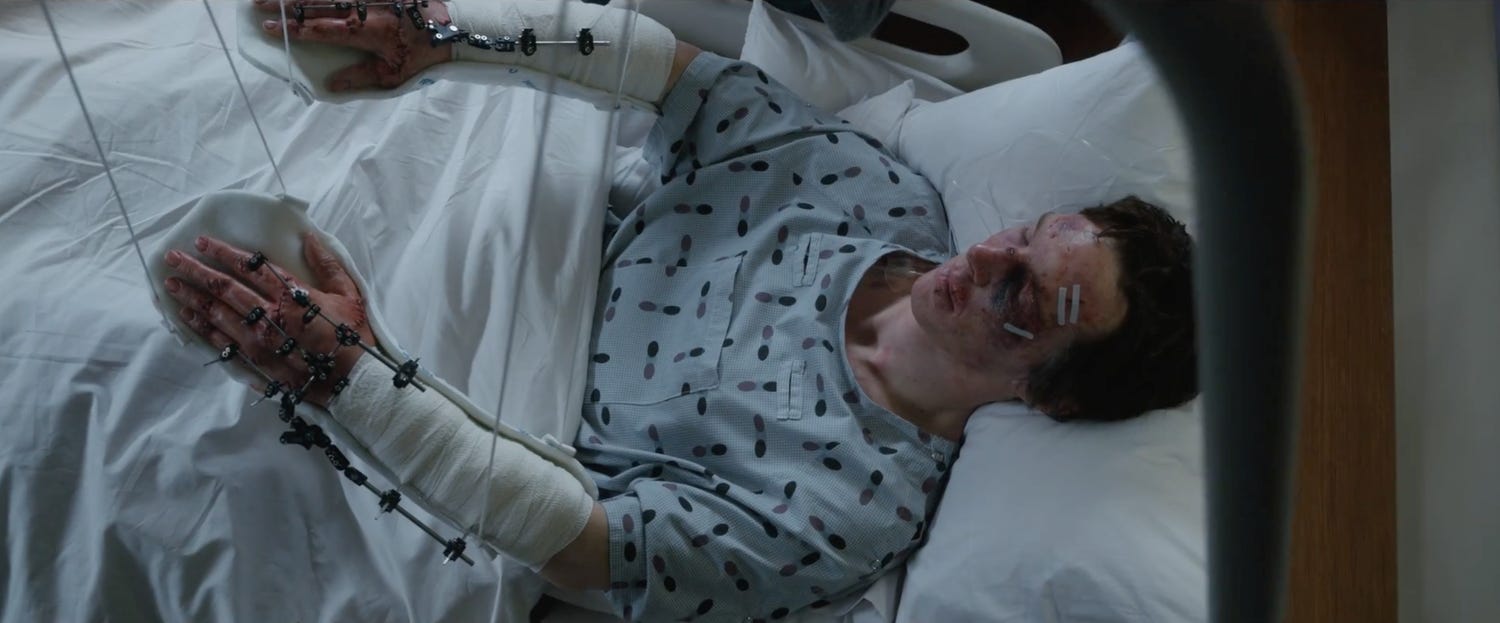
Doctor Strange (2016) is where the MCU began to move away from narrative prosthesis and reparative narratives. The film begins much like Iron Man: a car crash leaves pompous neurosurgeon Strange with broken, shaking hands. He can’t do menial tasks (much less perform surgeries) but he yearns to return to his able-bodied state, like many other people who become disabled later in life. His disability is used as a narrative prosthetic to strip away his prestige and leave him at rock bottom: the perfect place to have him receptive to learning the mystic arts. But his journey of self-discovery at Kamar-Taj ends on a reassuring, non-reparative note: he finds accessibility for his disability.
Moving Towards Authentic Representation
The MCU has put a concrete effort in the last six years to authentically depict their disabled characters by avoiding the usual tropes of narrative prosthesis and reparative narratives. While Strange’s disability at the start of the film is used as a narrative prosthesis to humble him, the last scene of Doctor Strange saves it from being like the MCU’s early reparative stories.
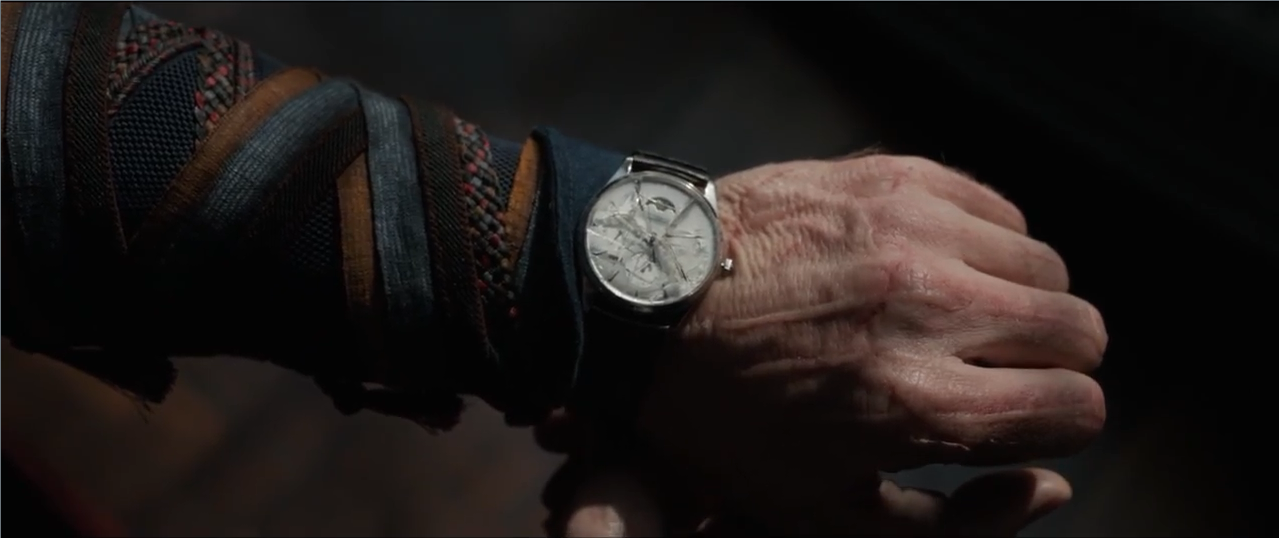
Strange becomes a Master of the mystic arts and protects the New York Sanctum after his battle with Dormammu. As he looks over the skyline, he struggles to put on his watch because of his shaking hands. The scars on his hand are still prominent but he eventually succeeds in putting on the watch: this is just one aspect of his new life, that he must get used to as a disabled man. In this scene, screenwriter Scott Derrickson communicates that Strange does not need his disabilities cured to be a hero and a powerful user of the mystic arts. It single-handedly saves the disability narrative at the heart of Doctor Strange.
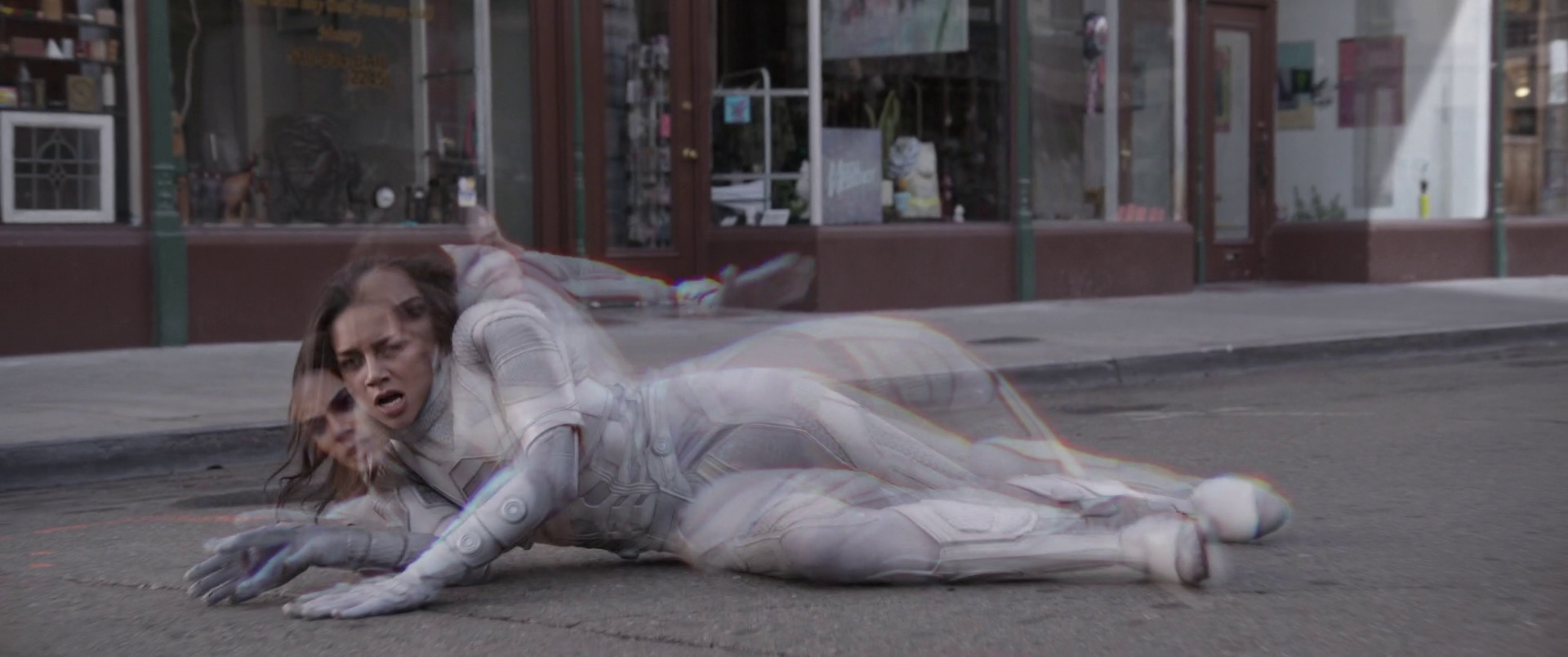
Ant-Man And The Wasp (2018)
Ava Starr/Ghost from Ant-Man and the Wasp (2018) is another character some may not recognize as disabled, but her disability is one unique to the MCU: quantum phasing, the result of being hit with extreme amounts of quantum energy after her father’s lab blew up. She suffers from chronic pain as a result of the phasing and struggles to manage her pain with a quantum chamber. Although she is framed as the villain of the film and is looking for a cure for her disability, audiences learn that SHIELD manipulated her phasing capabilities and used her as an assassin with the promise of curing her — a promise they never intended to keep.
In a Richard III-type way, Ava is the villain only because she has been mistreated for her disability and because she feels the pain of living in an ableist society. Ava is only fighting with the Pyms because she needs relief from her chronic pain — she is the hero of her own story. She cries to Janet Van Dyne for relief and eventually is given healing particles from Janet. She is not completely cured of her disability as some critics have commented. These healing particles are merely a new method of pain management, as the mid-credit scene of Ant-Man and the Wasp shows Pym sending Scott Lang back to the quantum realm for more of these particles.
Eternals (2021) And Hawkeye (2021-)
In 2021, audiences got two Deaf characters — one of which is canonically deaf in the comics – and a hard of hearing character in Eternals’ Makkari and Hawkeye’s Maya Lopez/Echo and Clint Barton/Hawkeye. The actress who plays Makkari, Lauren Ridloff, brought her own experiences as a Deaf woman to the character. Makkari’s deafness is not a narrative prosthesis, but rather a reflection of the actress’ own disabled body. Her disability is not questioned by the other Eternals, who respect her accessibility needs by signing with her throughout the film. She is even given a love interest in the form of Druig, which is uncommon for disabled characters who are typically written as sexless and loveless because of their disabilities.
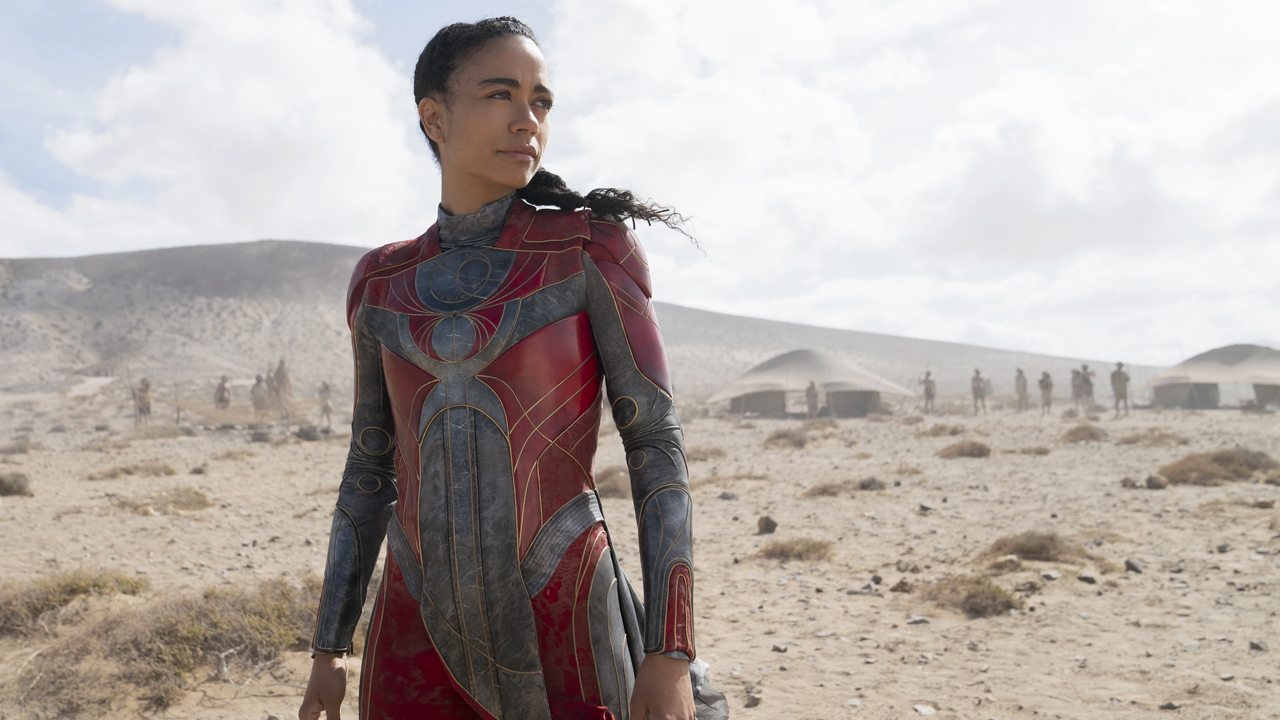
Maya Lopez is a canonically Deaf woman from the Hawkeye comics who uses her deafness to hone her martial arts abilities. Actress Alaqua Cox is Deaf — which was part of the casting call — and an amputee, which is also incorporated into her character. While there is an element of narrative prosthesis with Maya’s Deafness, she is not a villain because of her disability. Her criminal operation functions around her accessibility needs, especially through her sign interpreter, Kazi. Her deafness is not written as the center of her character arc but rather one aspect of her identity.
Hawkeye depicts Maya as a child struggling to learn how to lip read at a school that does not accommodate her disability but learning how to live with her deafness. Her deafness is not the center of her character arc, it’s just one aspect that makes up her identity. Unfortunately, Clint’s hard-of-hearing identity from the comics makes an appearance to the MCU ten years too late, as his hearing aid is introduced in the show as he adjusts to the new device. Though the addition comes at a later time, it is reassuring to finally see this aspect of his character come to the screen.
The Future Of Narrative Prosthesis
When disability is used as a plot device to develop a character, the story and the character themselves don’t just fail — real-life disabled folks fail. Disability is trivialized and perceived as something that can be cured or “gotten over” in the course of a few hours, not something that real-life individuals live with on a daily basis. This is why the MCU is an ideal franchise for analyzing how narrative prosthesis gets used over time: its fourteen-year, thirty-one installment history is full of varied depictions of disability.
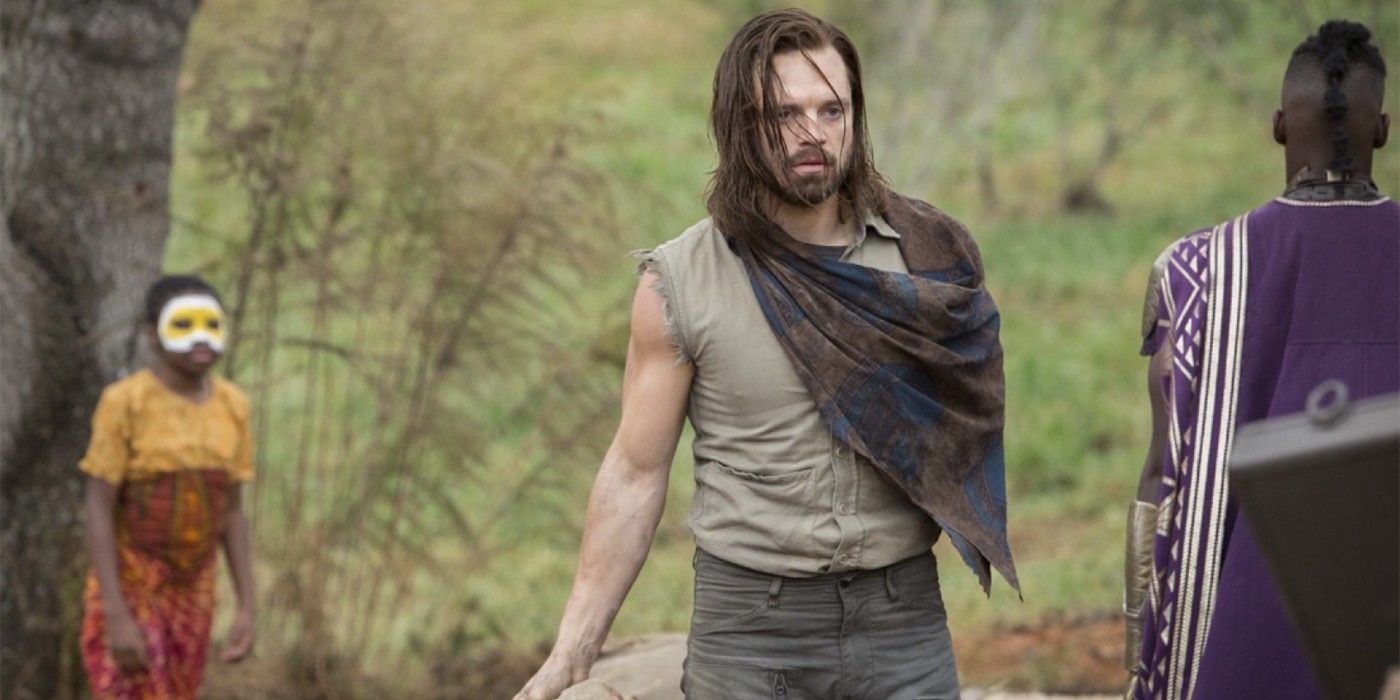
Upcoming MCU projects will also feature disabled characters. On March 30, March Spector will make his debut in Moon Knight, but there is a risk that the series will sensationalize his Dissociative Identity Disorder, a mental illness that Hollywood has villainized for decades. The previously mentioned Maya Lopez will be getting her own show, Echo, which will no doubt explore her deafness further. There is no shortage of disabled characters in the MCU, and it’s admirable to see the franchise finally embracing the stories and lived experiences of disabled folks in their stories. The only question is whether MCU will continue to uplift authentic stories until narrative prosthesis is a thing of their storied past.
